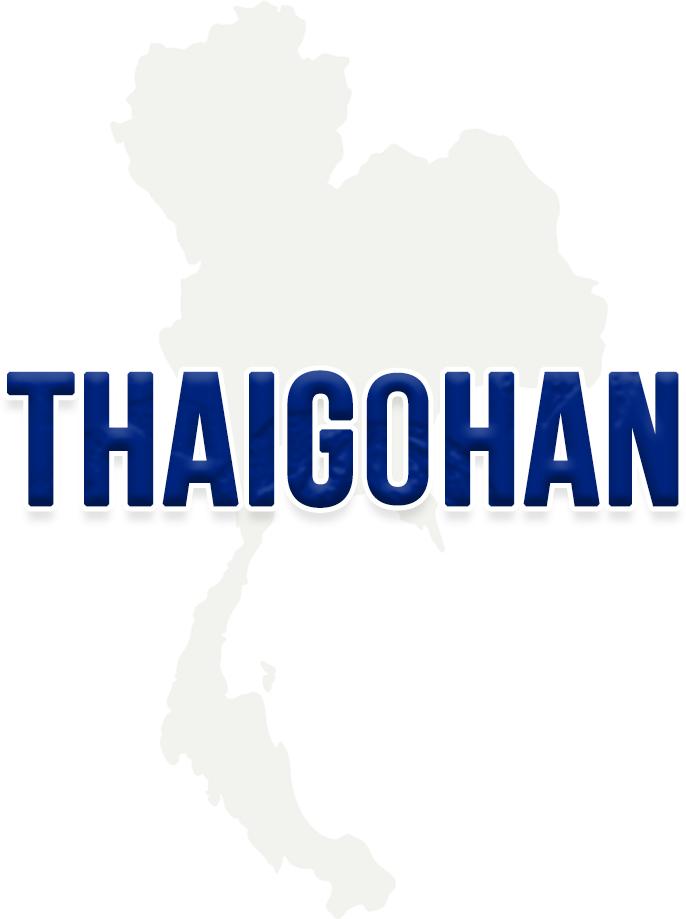Thailand Food Culture|The Art of Flavor and Diversity

目次
- 1. Introduction
- 2. The Essence of Thai Cuisine: Balance and Complexity
- 3. Regional Differences: A Taste Tour Across Thailand
- 4. Street Food & Market Culture
- 5. Eating Habits and Table Etiquette
- 6. Top 10 Must-Try Thai Dishes
- 7. Modern Thai Dining: Tradition Meets Innovation
- 8. Conclusion|Discover Thailand Through Its Food
1. Introduction
Thailand is one of the world’s most celebrated food destinations, where vibrant flavors and colorful ingredients fill every corner — from bustling street markets to fine-dining restaurants.
The nation’s food culture reflects its history, geography, religion, and multicultural roots, forming a cuisine that perfectly balances contrast and harmony.
In this article, we explore the origins of Thai cuisine, regional differences, eating habits, and must-try dishes that define Thailand’s rich culinary identity.
2. The Essence of Thai Cuisine: Balance and Complexity
The beauty of Thai food lies in its perfect balance of five essential tastes — sweet, spicy, sour, salty, and bitter. Each dish is carefully crafted to achieve harmony between these elements, creating layers of flavor that evolve with every bite.
- Sweetness: Palm sugar, coconut milk
- Spiciness: Chili, curry paste (nam prik)
- Sourness: Lime, tamarind
- Saltiness: Fish sauce (nam pla)
- Bitterness: Herbs and local vegetables
This intricate combination gives Thai cuisine its signature depth — bold yet balanced, rich yet refreshing.
3. Regional Differences: A Taste Tour Across Thailand
🇹🇭 Northern Thailand (Chiang Mai, Chiang Rai)
Mountainous regions with cooler climates. The food is mild yet aromatic, featuring herbs, fermented condiments, and curries without coconut milk.
Must-try: Khao Soi (curry noodle soup), Nam Prik Ong (spicy pork chili dip)
🌾 Northeastern Thailand (Isaan)
Influenced by Lao cuisine, Isaan dishes are spicy, tangy, and often paired with sticky rice.
Must-try: Som Tum (green papaya salad), Larb (spicy minced meat salad), Khao Niew (sticky rice)
🌴 Central Thailand (Bangkok)
The culinary melting pot of Thailand. Central cuisine features sweet and creamy dishes using coconut milk and aromatic herbs.
Must-try: Pad Thai, Tom Yum Goong (spicy-sour shrimp soup), Green Curry
🐟 Southern Thailand (Phuket, Krabi)
Strongly influenced by Malay and Indian cultures, Southern food is rich in coconut, turmeric, and seafood.
Must-try: Massaman Curry, Khanom Jeen (fermented rice noodles), spicy fish curries
4. Street Food & Market Culture
No discussion of Thai food is complete without mentioning street food. From sunrise to midnight, food stalls line the streets, offering everything from breakfast porridge to grilled meats and mango sticky rice.
Street food represents the soul of Thai cuisine — fast, flavorful, and accessible to everyone.
Equally important are Thailand’s local markets (talad), where communities gather to buy ingredients, eat, and socialize. In Thailand, eating is not just nourishment — it’s a social activity that connects people every day.
5. Eating Habits and Table Etiquette
- Sharing culture: Thai meals are meant to be shared. Multiple dishes are placed in the center, and everyone helps themselves.
- Utensils: Spoons and forks are standard; knives are rarely used. The fork pushes food onto the spoon for eating.
- Meal times: Thais typically eat three main meals a day, plus snacks throughout. Food is available anywhere, anytime.
- Religious influence: Most Thais are Buddhist, so some avoid beef. In the south, halal food is common due to the Muslim population.
6. Top 10 Must-Try Thai Dishes
- Tom Yum Goong – A world-famous spicy and sour shrimp soup bursting with lemongrass and lime flavor.
- Green Curry – Creamy, aromatic curry made with coconut milk and green chili paste.
- Pad Thai – Stir-fried rice noodles with tamarind sauce, tofu, egg, and peanuts.
- Khao Pad Kra Pao – Basil stir-fry with rice and fried egg; Thailand’s ultimate comfort food.
- Som Tum – Spicy green papaya salad with chili, lime, and fish sauce.
- Khao Man Gai – Thai-style chicken rice, simple but flavorful.
- Massaman Curry – Mild curry influenced by Persian and Malay cuisines, with potatoes and peanuts.
- Khao Soi – Northern-style curry noodle soup with crispy noodles on top.
- Yum Woon Sen – Spicy glass noodle salad with seafood and herbs.
- Mango Sticky Rice – The beloved dessert of sweet sticky rice with ripe mango and coconut cream.
7. Modern Thai Dining: Tradition Meets Innovation
Today’s Thailand blends old and new seamlessly. Modern Thai chefs are reinterpreting traditional recipes in creative ways — from Michelin-starred Thai fine dining to plant-based and fusion restaurants.
Meanwhile, food delivery apps and café culture are reshaping how people eat, bringing traditional flavors into modern lifestyles. The essence of Thai food remains — sharing, freshness, and creativity — even in a rapidly globalizing world.
8. Conclusion|Discover Thailand Through Its Food
Thai food is more than just cuisine — it’s an art form born from diversity and balance. Each dish tells a story of geography, faith, and community.
From a street-side bowl of noodles to an elegant royal curry, every meal in Thailand embodies warmth, generosity, and cultural harmony.
So when you visit Thailand, don’t just see the sights — taste them.
Because in Thailand, to understand the food is to understand the people.
(Photo by Unsplash.com)




